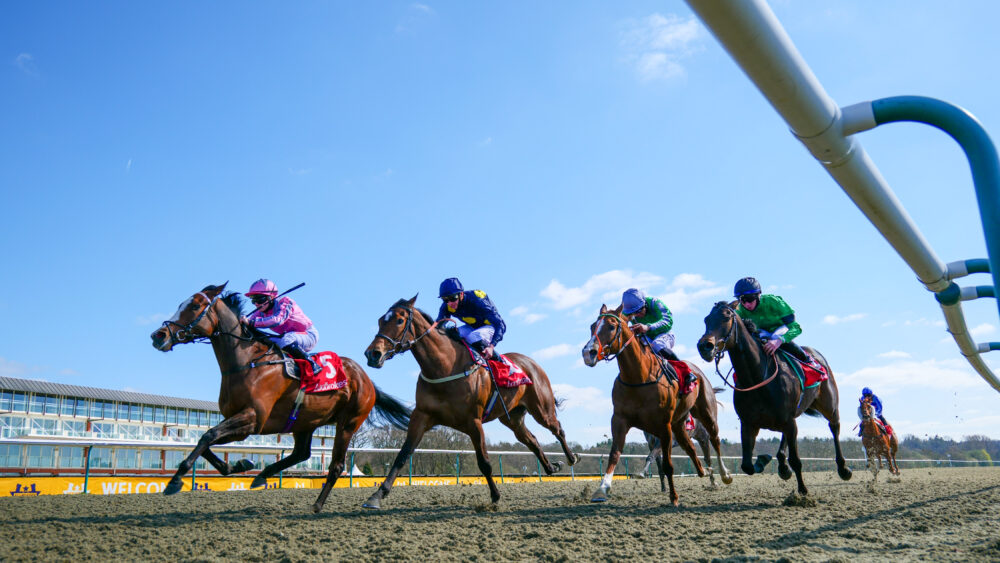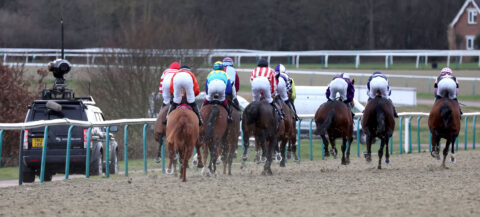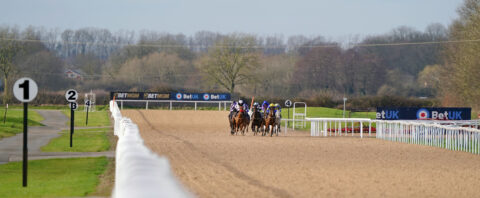Additional fixtures explained: BHA’s Tom Byrne details the process behind scheduling additional fixtures and races

Following a significant period of adverse weather conditions over recent months which has led to disruption of the race programme, this blog, by the BHA’s Head of Racing and Betting, Tom Byrne, explains the process behind scheduling additional fixtures and how decisions are made over the rescheduling of high-profile races.
When does the BHA schedule an additional fixture?
There are two main reasons we look to schedule additional fixtures.
The first is to ensure an adequate number of fixtures are taking place on any given day. A blank or reduced day means a lack of racing content for our customers to engage with. This in turn also means lost income for the sport, including levy, that cannot be recovered with the entire sport losing out on vital revenue.
The addition of a fixture is normally confirmed three days before it is due to take place, allowing for 48-hour entries and 24-hour declarations. We try to make these decisions as late as we can. This allows us to use the latest weather forecasts and going updates from racecourses, which will determine the likelihood of each scheduled fixture going ahead and whether we have a sufficient level of racing taking place on any given day.

ITV Racing camera car following the runners at Lingfield on 20 January
We are particularly mindful of this on Saturday afternoons, when we must ensure that races can be shown on ITV on what is the most important day of the week for fan engagement. This may also include moving a programmed morning or evening fixture into the afternoon slot – something we did on Saturday 20 January 2024 by moving Lingfield’s morning fixture to the afternoon.
Inevitably we will not always get decisions based on the weather and going reports, taken at a single moment in time, right. Therefore, there may be scenarios when we put on an additional fixture when no scheduled fixtures are lost, others where the additional fixture may be the only one that takes place, or indeed we haven’t added one and there is no racing. Assessing the likelihood of this variety of possible outcomes is ultimately what we base our final decision on.
In making these decisions, we are also acutely aware that additional fixtures place an increased demand on jockeys, stable staff, officials, and all others involved in making fixtures happen. This is a key reason for doing everything we can to ensure that we only stage additional meetings when we really need them.
The second reason we consider scheduling additional fixtures is so that there are sufficient races to meet the demands of the horse population. This consideration typically follows a period of abandonments, and/or where a high level of demand is shown – through entry, declaration, and elimination of runners – which merits an additional fixture to meet that demand.
Given the ongoing challenges with delivering consistently competitive racing, we are always aware of the risk of adding fixtures which divert runners away from races already in the programme. So, while at certain times there may appear to be a high level of demand for races, that fact alone may not result in us putting an additional fixture on if we think there are still enough races programmed that should allow horses who want a run to get one.
When we don’t think there is sufficient demand for an entire additional fixture but there is an excessive demand of runners in a certain part of the race programme, we may aim to address that by:
1. adding an additional race or races to existing fixtures, or
2. extending the divisions policy to allow extra races to divide .
How is an additional fixture allocated?
Once the decision has been made to add an additional fixture we invite applications through an open process from all racecourses, asking who may be willing and able to race on that day, based on the criteria we set out.
Depending on the circumstances, we may choose to add such preferential criteria based on factors such as:
1. Code/Surface – In circumstances where there is more pressing need for either a Jump, Flat or All-Weather fixture
2. Geographical – Accounting for the location of other fixtures that day, the national weather forecast, or any previous abandonments that may have happened in a certain area.
If one application meets this criteria and another application doesn’t, we will award the fixture to the course that meets our criteria regardless of the financial bid (see below). For example, if we specify preference for an additional Jump meeting and one bid is from a Jump course and another from a Flat course, we will award the fixture to the Jump course.
However, if we receive multiple applications that meet the criteria, we then ultimately judge them based on the financial contribution that each racecourse would make to prize money at the additional fixture, through a clear and objective bidding process.

In practice, with most additional fixtures being created during periods of bad weather, the vast majority take place on the All-Weather. It is difficult to receive jump fixture applications when the weather risk remains high, and where a turf fixture is involved it requires approval from the BHA racecourse inspectorate to ensure that the venue has the capacity to stage an additional fixture.
This means that there are often instances where we invite applications with code or geographic preferences, but simply do not receive any to meet that request.
The process of rescheduling a high-profile race
When a major race has been lost, the BHA will decide whether to reschedule it or not. This will consider several factors, in particular the size and strength of the original field and the existence of alternative upcoming opportunities for the intended runners. In assessing the latter, consideration will be given to the impact on any future major races already in the programme.
When attempting to find a fixture to reschedule the race, the BHA will engage with the original host racecourse first to see if there is a suitable opportunity to reschedule at the same racecourse, or at a racecourse within the same racecourse group where applicable. Although in certain circumstances it may be possible to reschedule a whole fixture, in most cases it is not realistic to retain the race or fixture at the same racecourses.
This means the BHA will consider the upcoming existing fixtures and where the new race may work best. If appropriate, this may involve considering more than one racecourse, with the final decision taking into account factors such as likely participants, availability of jockeys, TV coverage, attendances, weather forecast, and the racecourse’s ability to support the prize money of the race.
When rescheduling high-profile races, we always keep in mind the likely success of the race; we are trying to deliver a competitive and compelling renewal that justifies the rearrangement. The race must produce the right outcome for the sport’s customers as well as participants, which does also mean that on occasion we may decide not to reschedule a race at all.
Conclusion
There is often much debate about the decisions we make in this area, which is not surprising given the significant amount of subjectivity that has to be applied to try and deliver the best overall outcome for the sport.
Given the high level of uncertainties involved as well, it is a reality that we won’t get every call right.
However, I believe that the approach we take, which looks to make use of all information available to us at as late a time as possible, gives us the best possible chance of making the right decision in the vast majority of cases, something I hope we are currently achieving.
If you have any questions, please do contact us at [email protected].
